24. The numbers on your binoculars, like 6x35, 7x50, 8x50, etc., refer to what?
From Quiz Astronomy in Binoculars!
Answer:
Magnification and aperture in millimeters
The first number refers to the power of magnification. Common values are 6x, 7x, and 10x. Quality telescopes, by contrast, start with magnification of about 30x. The second value is the aperture in millimeters. Common values are 30, 35, and 50. For astronomical purposes, 7x is usually the minimum useful magnification, and 35 mm is the minimum useful aperture. If you're thinking about buying a pair of binoculars to use in astronomy, consider that having a large aperture is usually more useful than having a high magnification-- after all, even if you have a high-power telescope, you won't be able to see anything if it doesn't let in enough light.
Just for reference, I have a pair of 7x50 binoculars, and I've been able to see most everything I describe in this quiz reasonably well in my suburban back yard.
 Here are ten magnificent images of objects found in outer space. How many of them will you know?
Here are ten magnificent images of objects found in outer space. How many of them will you know?  Here are ten magnificent images of objects found in outer space. How many of them will you know?
Here are ten magnificent images of objects found in outer space. How many of them will you know? 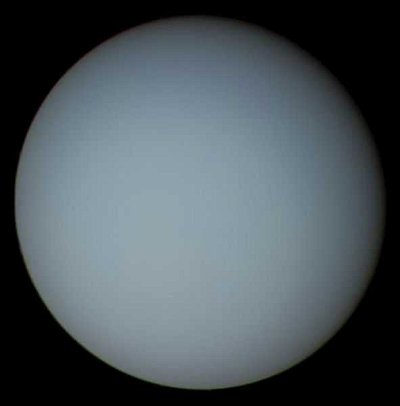 This quiz covers some of the wonders of the Solar System, with illustrations which may help. It was written on behalf of Team Rockettes for the Fun Trivia Amazing Race 2.
This quiz covers some of the wonders of the Solar System, with illustrations which may help. It was written on behalf of Team Rockettes for the Fun Trivia Amazing Race 2.  A quiz about constellations and the stars. Use the photo clues to help you answer the questions.
A quiz about constellations and the stars. Use the photo clues to help you answer the questions. 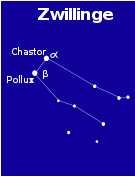 Come with me to view the constellations in the night sky! Hopefully you will learn something along the way!
Come with me to view the constellations in the night sky! Hopefully you will learn something along the way!  Quick Question
Quick Question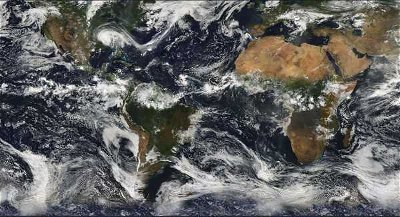 Join in me in a bit of space exploration. Together we will visit, among other things, planets, constellations and galaxies.
Join in me in a bit of space exploration. Together we will visit, among other things, planets, constellations and galaxies. 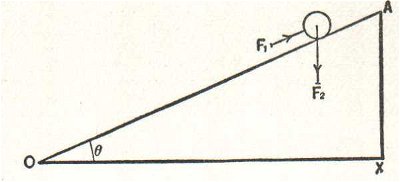 There are fifty-eight stars that have a special status in astronomy because they aid in celestial navigation. This quiz will test your knowledge of some of them. Good luck!
There are fifty-eight stars that have a special status in astronomy because they aid in celestial navigation. This quiz will test your knowledge of some of them. Good luck! 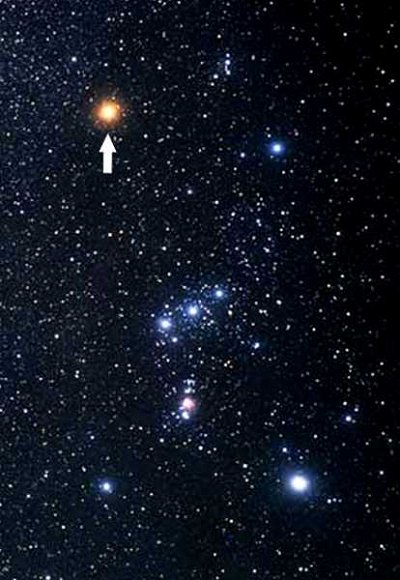 I have chosen five of my favourite (northern hemisphere) constellations to ask you about. Come join me as I travel the stars!
I have chosen five of my favourite (northern hemisphere) constellations to ask you about. Come join me as I travel the stars!  Roll out the red carpet for these ten gorgeous stars of the sky.
Roll out the red carpet for these ten gorgeous stars of the sky. 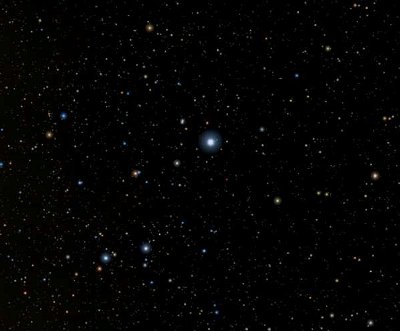 The apparent magnitude of a star (or other celestial object) is a measure of how bright it is as seen from Earth. Here are a few questions for all you bright people out there.
The apparent magnitude of a star (or other celestial object) is a measure of how bright it is as seen from Earth. Here are a few questions for all you bright people out there.  = Top 5% Rated Quiz,
= Top 5% Rated Quiz,
 Top 10% Rated Quiz,
Top 10% Rated Quiz,
 Top 20% Rated Quiz,
Top 20% Rated Quiz,
 A Well Rated Quiz
A Well Rated Quiz